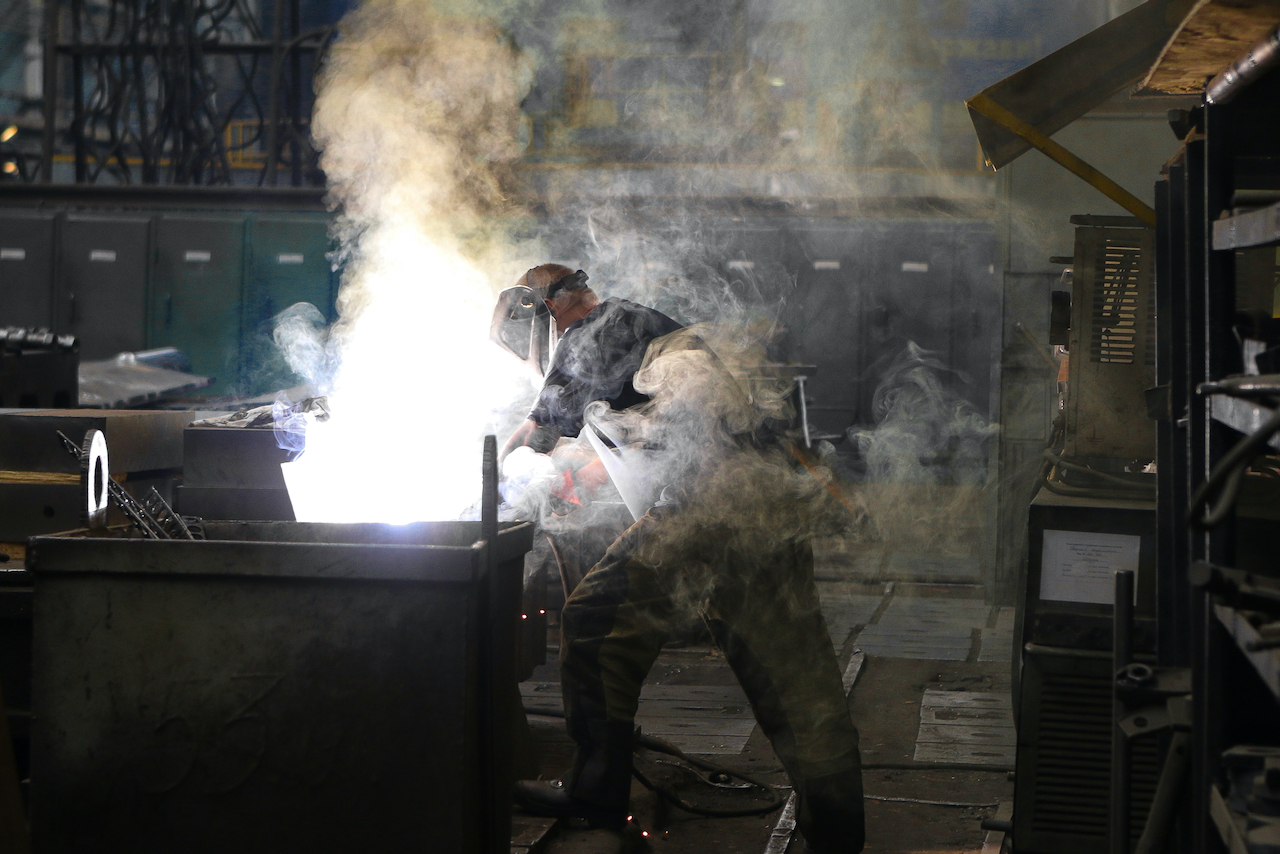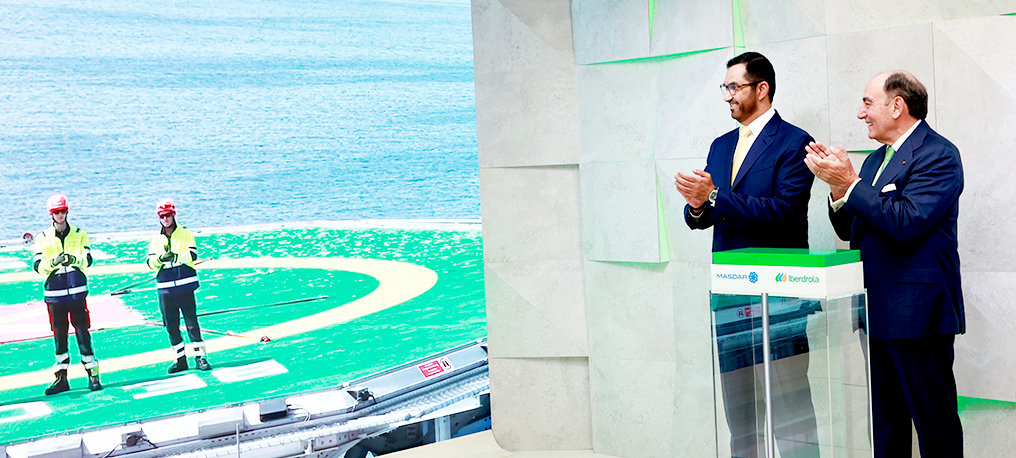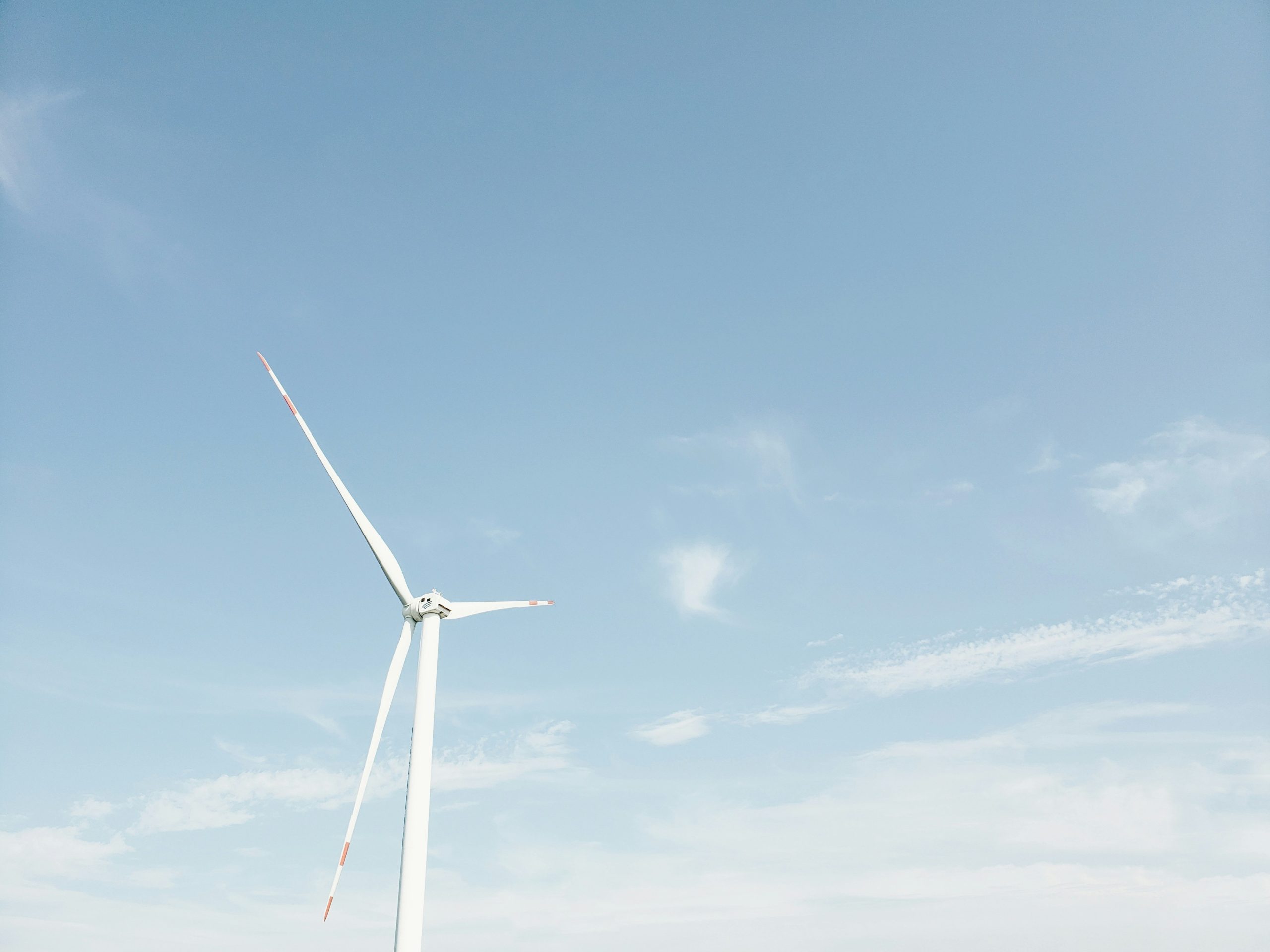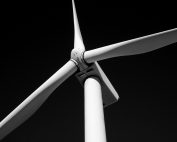Steel is an essential element in the development of renewable energy sources – there is no doubt about that. However, its significantly increasing price may be reflected in higher wind project implementation costs.
The coming years will be a test for wind developers and manufacturers of wind turbines components. The rise in steel prices, driven by factors such as the COVID-19 pandemic, EU import tariffs, and plans to introduce a carbon tax in the sector, is suspenseful (steel producers account for around 10 percent of global CO2 emissions). There is pressure on steel producers to reduce pollutant emissions. Hence, huge investments are being made in the development of carbon-free steel production technology, and as you know – this will be passed on to customers.
Steel is a key material in wind turbines and world prices have risen by up to 100 percent over the past year as the industry picked up from the COVID-19 slowdown. Reuters reports that prices for other turbine materials such as carbon fiber, copper and resin will also increase. The reduced transport capacity has also resulted in an increase in shipping costs.
Higher world steel prices increase the cost of major wind components such as towers, gears, nacelles, transformers and foundations. Offshore wind energy projects may be the hardest hit due to larger turbine sizes, longer foundation structures and substation requirements.
For example, Danish Vestas Wind Systems A/S expects annual revenues to be approximately 3 percent lower than forecast, according to Bloomberg. A changed perspective comes as renewable energy sources developers continue to grapple with rising costs of raw materials such as copper and steel, metals that are essential to the wind industry.
Commodity prices soared in 2021 as global economies rebounded from the pandemic, driving up prices for everything from oil to natural gas and steel. Higher costs already forced Spanish turbine rival Siemens Gamesa Renewable Energy SA to post a loss earlier this year, while Vestas also lost money in the first quarter due to transport disruptions, including a blockage of the Suez Canal.
The wind industry is concerned about the recent decisions of the European Union. The European Commission has officially extended the safeguard measures in the steel sector for another three years (until 2024). According to WindEurope, the decision will increase the cost pressure for manufacturers of wind turbines and their components.
Steel conservation measures affect two categories important to the European wind industry: plate (category 7), used in the production of steel wind towers, and grain-oriented electrical steel (NGOES, category 3B), used in engines and generators.
– Over the past year, steel prices have increased dramatically. In some cases, they have doubled. Steel is the most important raw material for the European wind industry. Higher steel prices increase the production costs of towers, gears, nacelles, transformers and offshore foundations. Last week’s decision to extend steel safeguards is detrimental to the rapid and cost-effective transition to renewable energy – explained Pierre Tardieu, Chief Policy Officer of WindEurope.
The sustainable economic development of the European wind industry is under threat, warns WindEurope. Higher costs mean less capital available for investment in cutting-edge manufacturing and R&D. Underinvestment in these areas could cause European industry to lose the global race to become a technology leader in wind energy. WindEurope calls for a more holistic approach to trade policy that better supports the interests of future green industries such as wind power.














